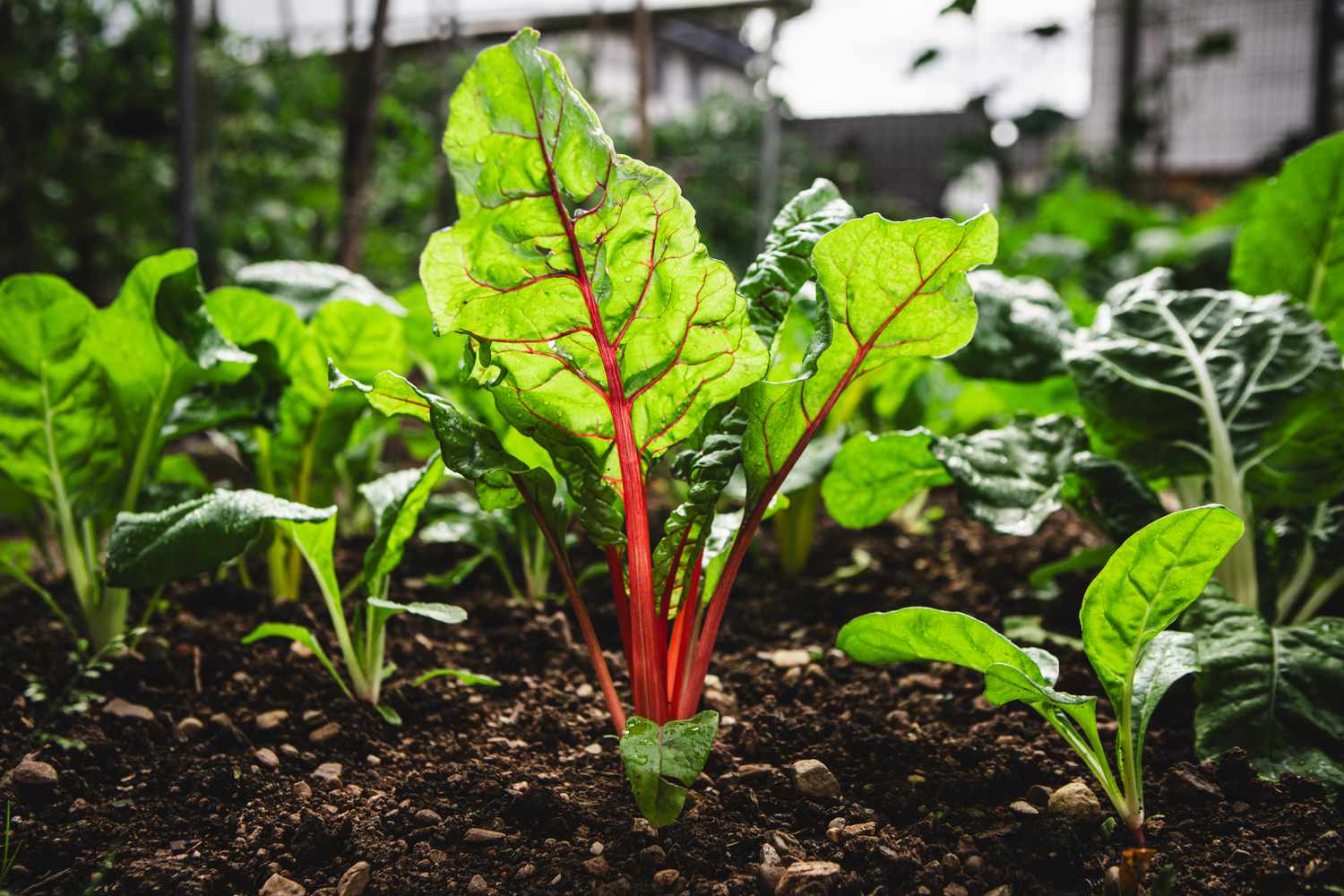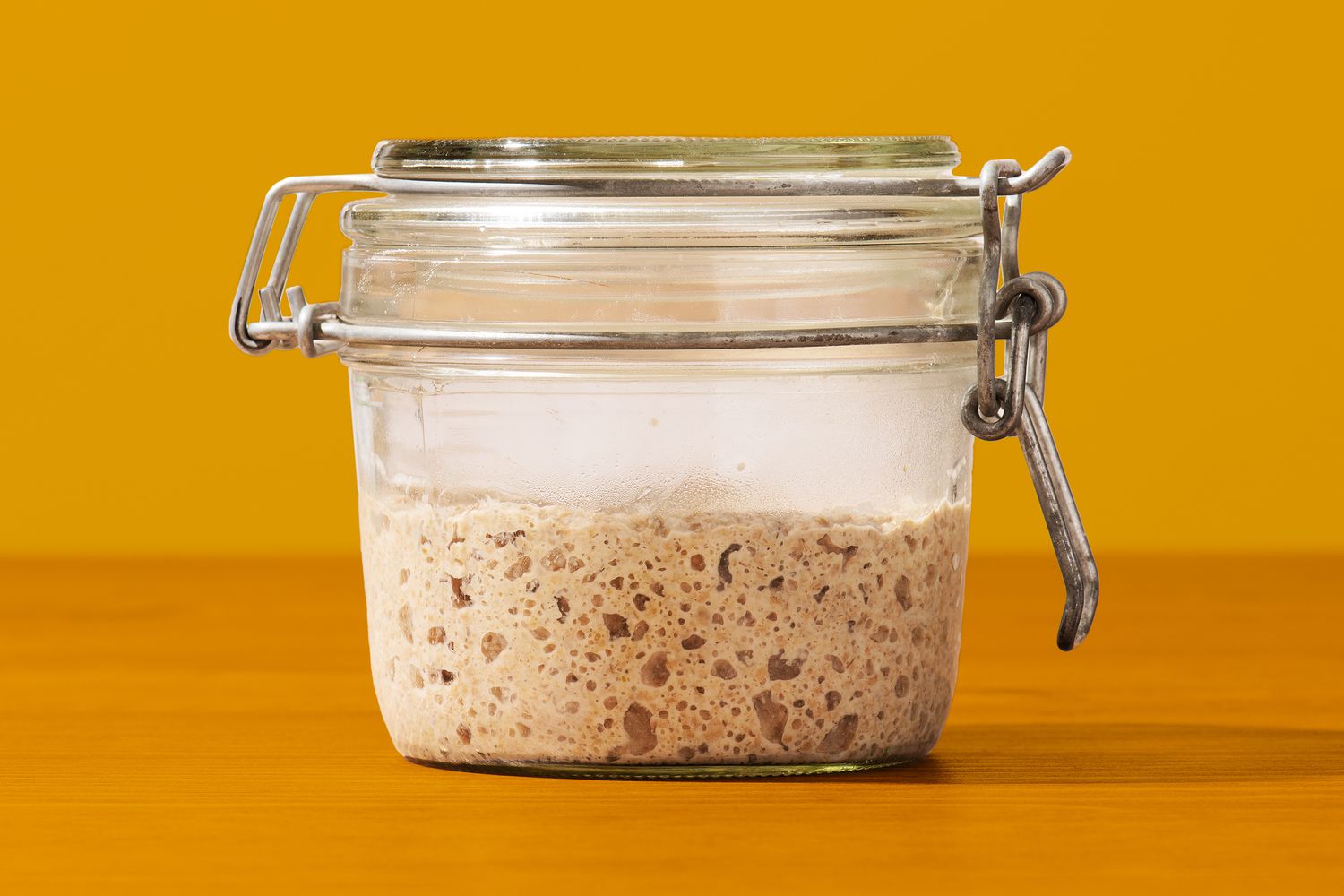
11 Drought-Tolerant Vegetables for a Bumper Harvest—Even if You Forget to Water Them
Growing your own produce is a rewarding experience, but it can take time and patience. One way to cut down on maintenance is by growing drought-tolerant vegetables that thrive with minimal watering. Whether you grow plants with long tap roots that reach deep into the soil for moisture or plants that store water in their tubers, there are plenty of vegetables that produce high yields without excess water. Ahead, we’re sharing the drought-tolerant vegetables experts say to grow in your garden.
Lima Beans
Uncle_Benny / Getty Images
Originating in Central and South America, lima beans (Phaseolus lunatus) are bred to be drought-tolerant. “They have robust root systems,” says Linda Langelo, horticulture specialist at Colorado State University. “Wild lima beans have adapted to a variety of climate conditions, including heat, drought, colder, and wetter conditions.”
- Zones: 2 to 11
- Size: 2 to 15 feet tall x 2 to 3 feet wide
- Care requirements: Full sun; well-draining soil
Pole Beans
Neyya / Getty Images
Pole beans (Phaseolus vulgaris) have deep roots that can reach far into the soil for water, making them low maintenance when it comes to watering. Langelo says the ‘Rattlesnake’ pole bean is an heirloom variety known for being more drought-tolerant than even the common bean.
- Zones: 3 to 10
- Size: 6 to 9 feet tall x 18 inches wide
- Care requirements: Full sun; average, well-draining soil
Corn
Westend61 / Getty Images
Corn (Zea mays) has several characteristics that make it drought-tolerant. “Its ability to fix nitrogen in the soil and increase soil fertility reduces its overall water needs,” says Langelo, adding that corn enters a state of dormancy and can conserve water until a drought is over.
- Zones: 4 to 8
- Size: 5 to 12 feet tall x 1 to 4 feet wide
- Care requirements: Full sun; well-draining soil
Chili Peppers
Pramote Polyamate / Getty images
Chili peppers (Capsicum annuum) are native to Central and South America, meaning these plants are bred to be drought-tolerant. While peppers can withstand periods of drought, they prefer moist soil, so water them accordingly.
- Zones: 9 to 11
- Size: 1 to 4 feet tall x 1 to 3 feet wide
- Care requirements: Full sun; sandy, well-draining soil
Okra
Jenny Dettrick
Okra (Abelmoschus esculentus) is a delicious, drought-tolerant vegetable to add to your garden. “Okra has a prominent taproot that can extend several feet into the soil, accessing water and nutrients even in unfavorable conditions,” says Damon Abdi of the Hammond Research Station at Louisiana State University’s AgCenter. “Supplementary watering in prolonged dry conditions enhances yield.”
- Zones: 8 to 11
- Size: 3 to 6 feet tall x 2 to 4 feet wide
- Care requirements: Full sun; well-draining soil
Sunchoke
NetPix / Getty images
Sunchokes (Helianthus tuberosus), also known as Jerusalem artichokes, grow from tubers, which store water. Additionally, these plants have fibrous roots that retain water. Both of these factors add to this plant’s drought resistance.
- Zones: 3 to 9
- Size: 6 to 10 feet tall x 3 to 5 feet wide
- Care requirements: Full sun; well-draining soil
Cowpeas
zhikun sun / Getty Images
Cowpeas (Vigna unguiculata) are from West Africa and are genetically predisposed to drought tolerance, says Langelo. However, these plants don’t like weather extremes. Prolonged drought and excessive precipitation can stunt growth.
- Zones: 7 to 11
- Size: 1 to 3 feet tall x 3 feet wide
- Care requirements: Full sun; slightly acidic, sandy, well-draining soil
Some Squash
alvarez / Getty Images
Squash plants (Cucurbita pepo) have long roots that grow deep into the soil, allowing them to be resistant to drought and heat, says Langelo. Zucchini plants, also known as summer squash, have deep roots, but they also have surface roots that search for water. Luckily, there are drought-tolerant varieties such as Green-Striped Cushaw Squash and Dark Star Zucchini, Langelo adds.
- Zones: 3 to 9
- Size: 18 to 24 inches tall x 24 to 36 inches wide for squash; 1 to 3 feet tall x 2 to 6 feet wide for zucchini
- Care requirements: Full sun; well-draining soil
Black-Eyed Peas
Sheila Brown / Getty Images
Like other legumes, black-eyed peas (Vigna unguiculata) can fix nitrogen from the atmosphere with the help of bacteria. “Combined with its drought-tolerant nature, this can be a pretty low input crop to manage,” says Abdi.
- Zones: 2 to 11
- Size: 1 to 3 feet tall x 1 to 2 feet wide
- Care requirements: Full sun; well-draining soil
Swiss Chard
ShaneFolkertsma / GETTY IMAGES
Swiss chard (Beta vulgaris) is a frost-tolerant plant that is drought-tolerant once it is established. Like many young plants, Swiss chard needs regular watering until it gets established. “Most cultivars of Swiss chard are drought tolerant,” says Langelo. “‘Bright Lights’ will not bolt in the heat of summer. ‘Lucullus’ will produce high yields during hot summer weather.”
- Zones: 6 to 10
- Size: 1 to 2 feet tall x 1 to 2 feet wide
- Care requirements: Full sun to partial shade; fertile, slightly acidic, well-draining soil
Sweet Potato
Acib Lamawuran / GETTY IMAGES
Sweet potatoes (Ipomoea batatas) are sensitive to drought early on but become drought-tolerant once established. “Make sure adequate water is provided initially,” says Abdi. “Avoid watering in the two to three weeks prior to harvest to avoid rotting of the tuber.”
- Zones: 9 to 11
- Size: 6 to 10 feet tall x 8 to 10 feet wide
- Care requirements: Full sun to partial shade; loamy, well-draining soil










